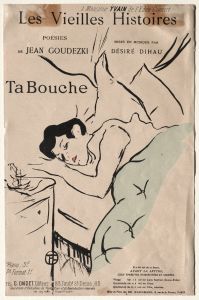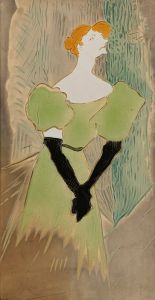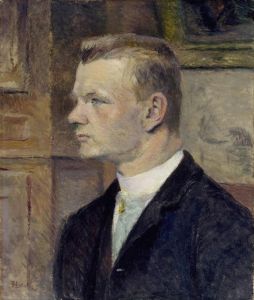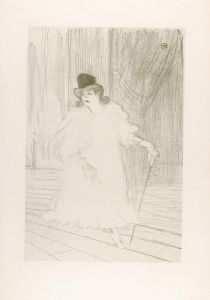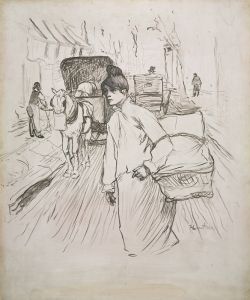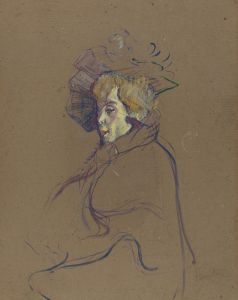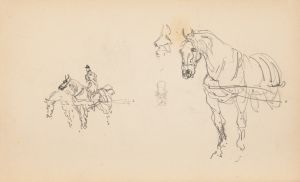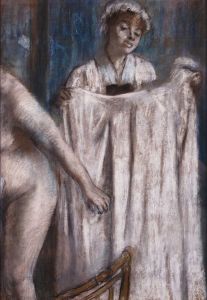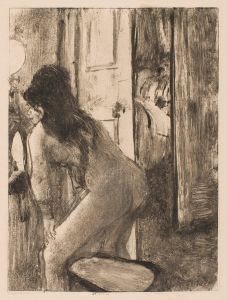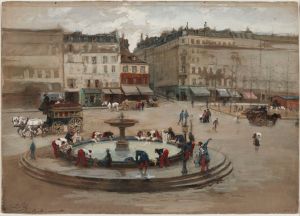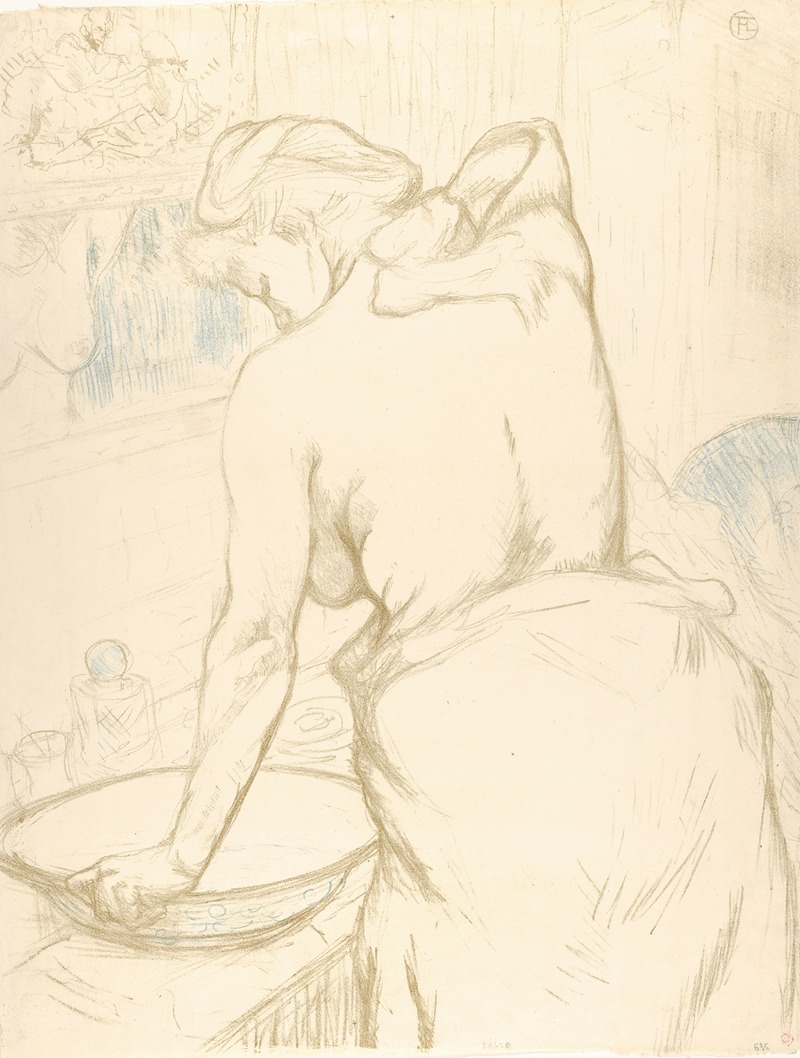
Washing
A hand-painted replica of Henri de Toulouse-Lautrec’s masterpiece Washing, meticulously crafted by professional artists to capture the true essence of the original. Each piece is created with museum-quality canvas and rare mineral pigments, carefully painted by experienced artists with delicate brushstrokes and rich, layered colors to perfectly recreate the texture of the original artwork. Unlike machine-printed reproductions, this hand-painted version brings the painting to life, infused with the artist’s emotions and skill in every stroke. Whether for personal collection or home decoration, it instantly elevates the artistic atmosphere of any space.
Henri de Toulouse-Lautrec, a prominent French painter, printmaker, and illustrator, is well-known for his depictions of Parisian nightlife in the late 19th century. Among his diverse body of work is the painting "Washing," which exemplifies his keen observation of everyday life and his ability to capture intimate moments with sensitivity and detail.
"Washing" is a part of Toulouse-Lautrec's exploration of domestic and personal themes, often focusing on the lives of women. This painting is notable for its candid portrayal of a woman engaged in the act of washing, a subject that reflects the artist's interest in the routines and realities of ordinary people. Toulouse-Lautrec's work often diverged from the grand historical and mythological themes that dominated much of the art world at the time, instead offering a glimpse into the private and often overlooked aspects of life.
The painting is characterized by Toulouse-Lautrec's distinctive style, which combines elements of Impressionism and Post-Impressionism. His use of bold lines and a limited color palette creates a sense of immediacy and intimacy. The composition is carefully constructed to draw the viewer's attention to the central figure, capturing the nuances of her posture and expression. Toulouse-Lautrec's technique often involved quick, expressive brushstrokes that conveyed movement and emotion, a method that is evident in "Washing."
Toulouse-Lautrec's interest in such themes can be traced back to his broader artistic goals. He sought to depict the authenticity of human experience, often focusing on subjects that were considered unconventional or mundane. His work provides a window into the social dynamics and cultural milieu of fin-de-siècle Paris, highlighting the lives of individuals who were frequently marginalized or ignored by mainstream society.
The artist's personal life and experiences also influenced his choice of subjects. Born into an aristocratic family, Toulouse-Lautrec suffered from various health issues that affected his physical appearance and mobility. These challenges may have contributed to his empathy for the marginalized and his fascination with capturing the essence of human vulnerability and resilience.
"Washing" is a testament to Toulouse-Lautrec's ability to find beauty and significance in everyday activities. His portrayal of the woman in this painting is both respectful and insightful, offering a glimpse into a private moment with a sense of dignity and grace. This approach reflects his broader commitment to portraying his subjects with honesty and compassion.
Toulouse-Lautrec's legacy as an artist is marked by his innovative techniques and his dedication to depicting the realities of life with sincerity and depth. "Washing" is a fine example of his work, showcasing his talent for capturing the subtleties of human experience and his contribution to the evolution of modern art. Through paintings like this, Toulouse-Lautrec has left an indelible mark on the art world, influencing generations of artists who followed.





